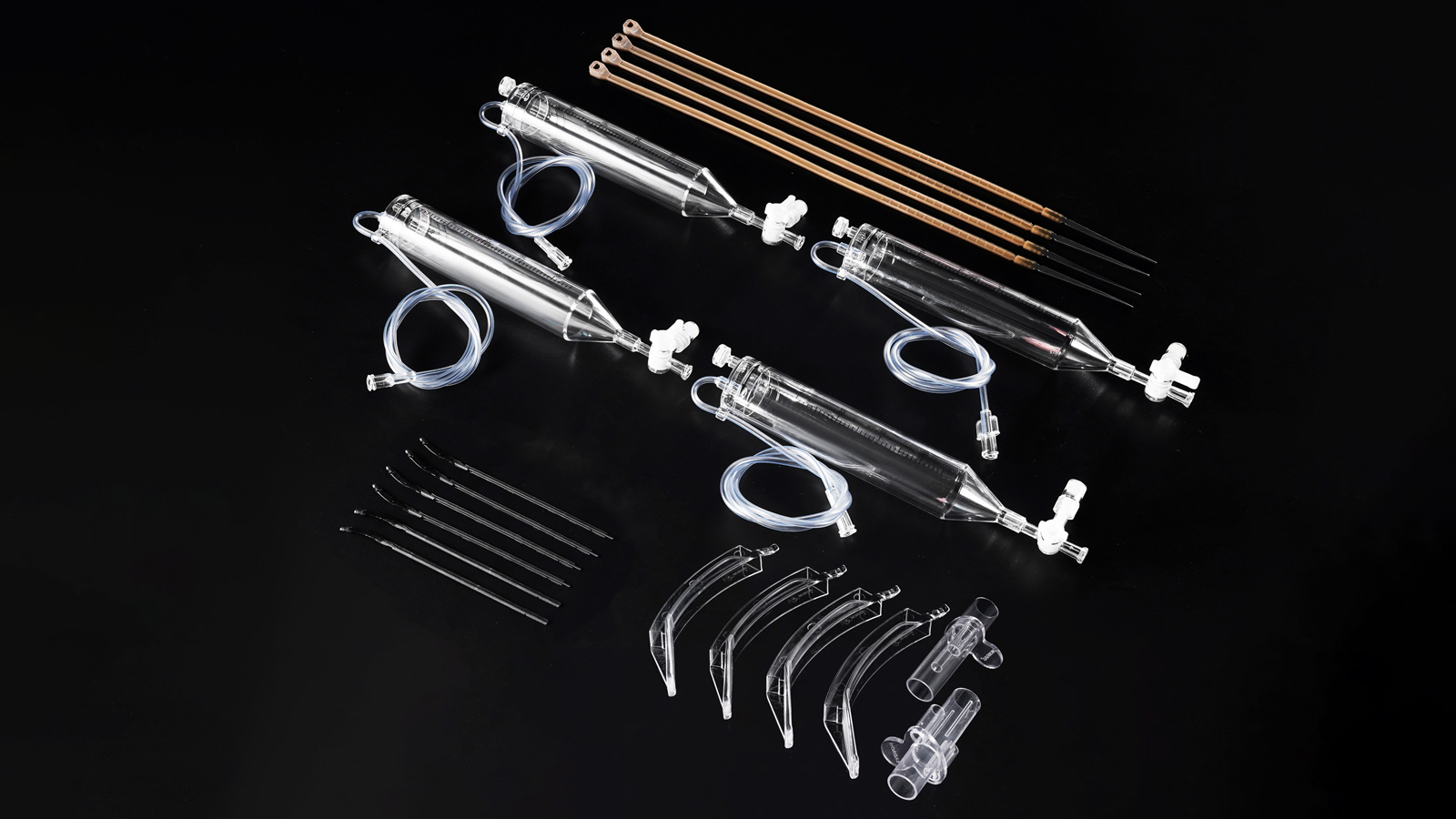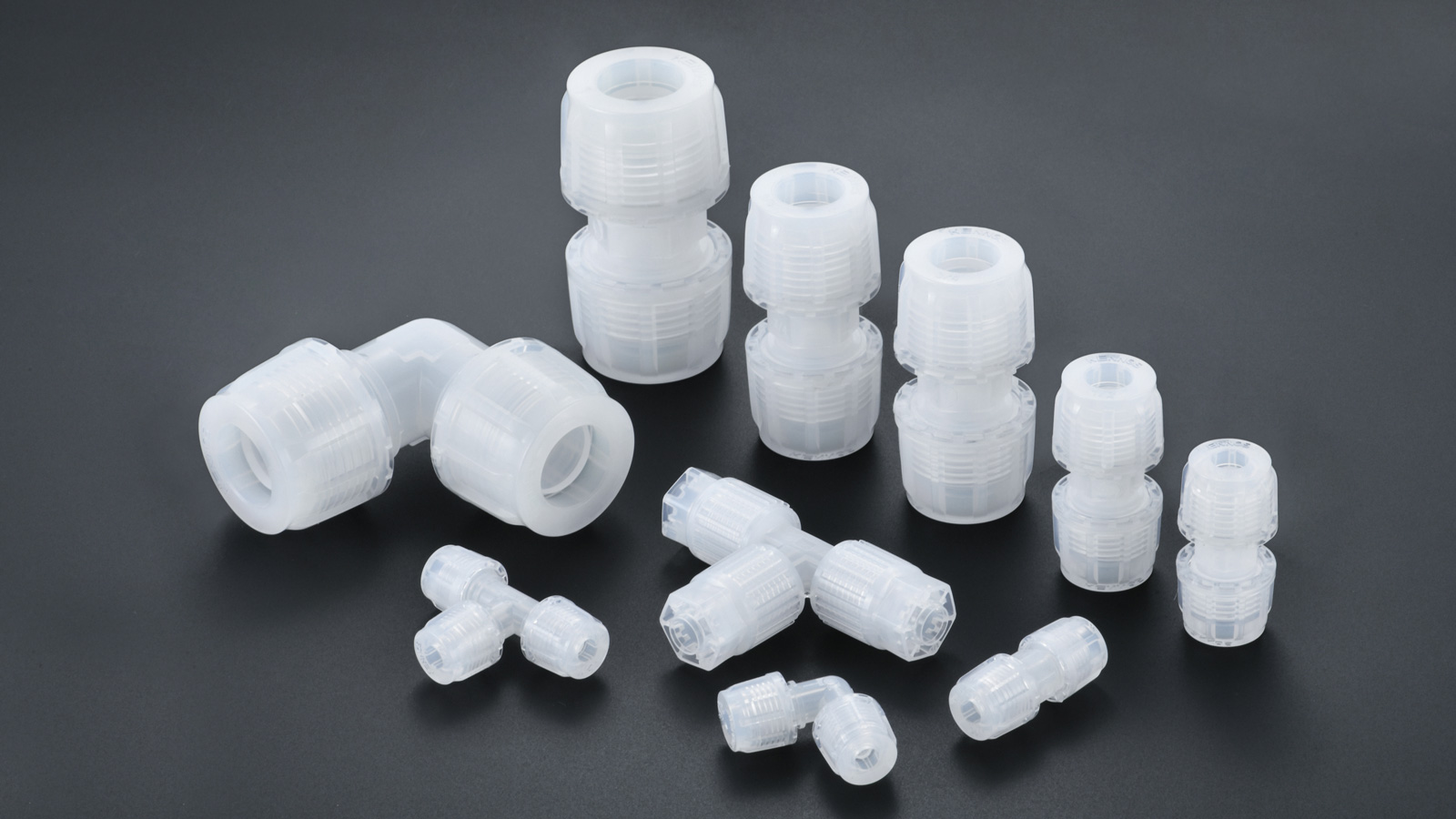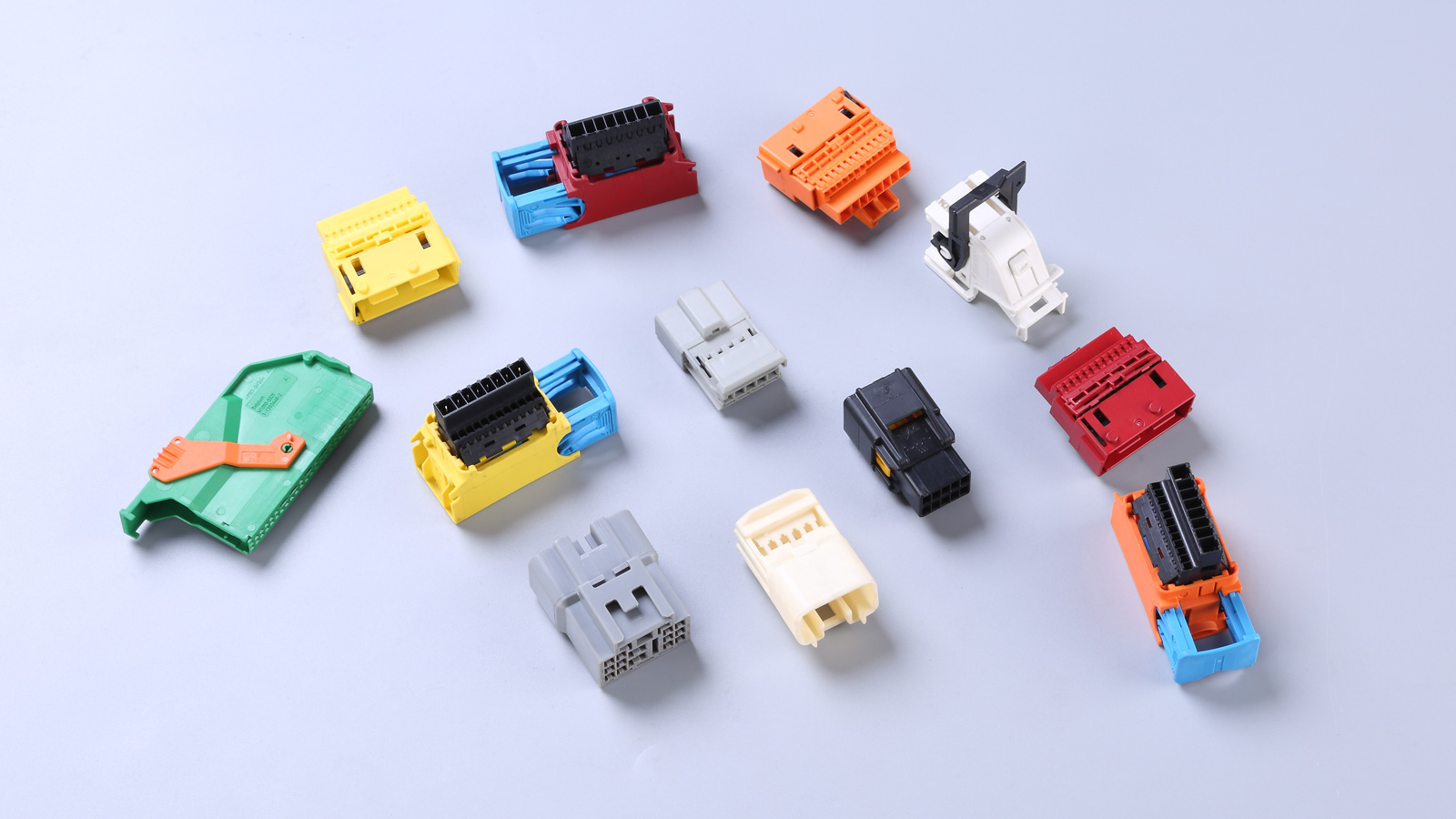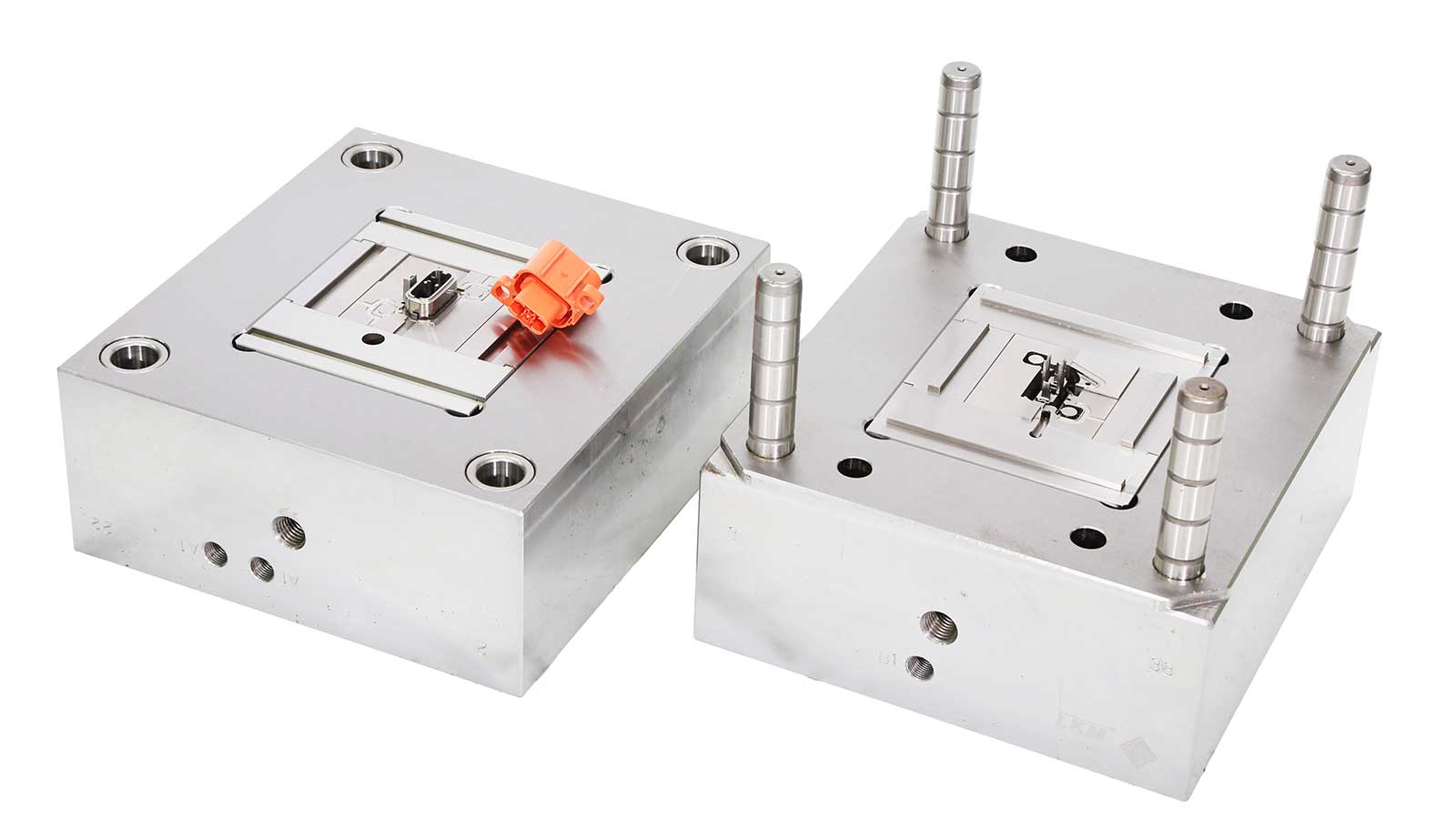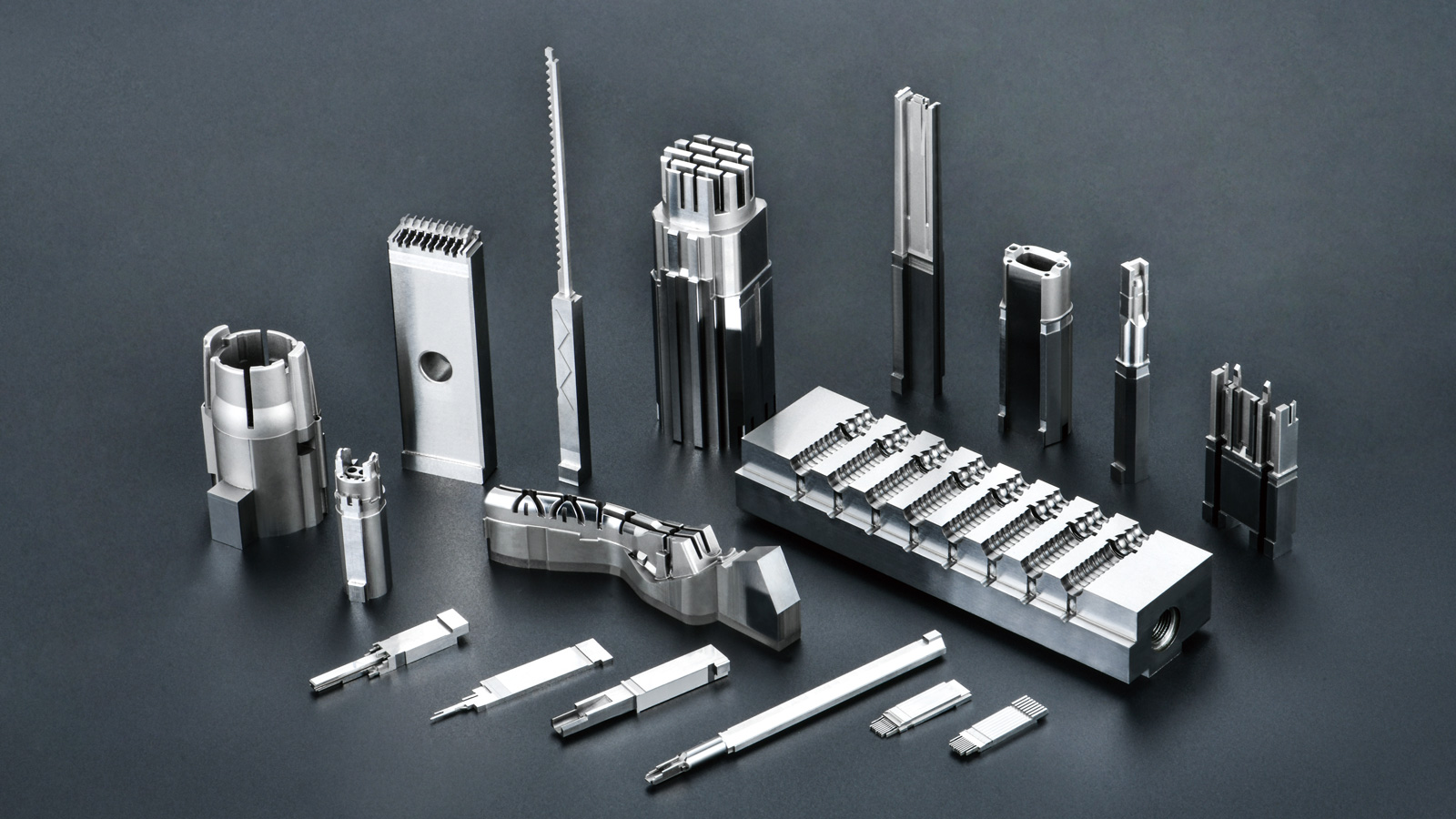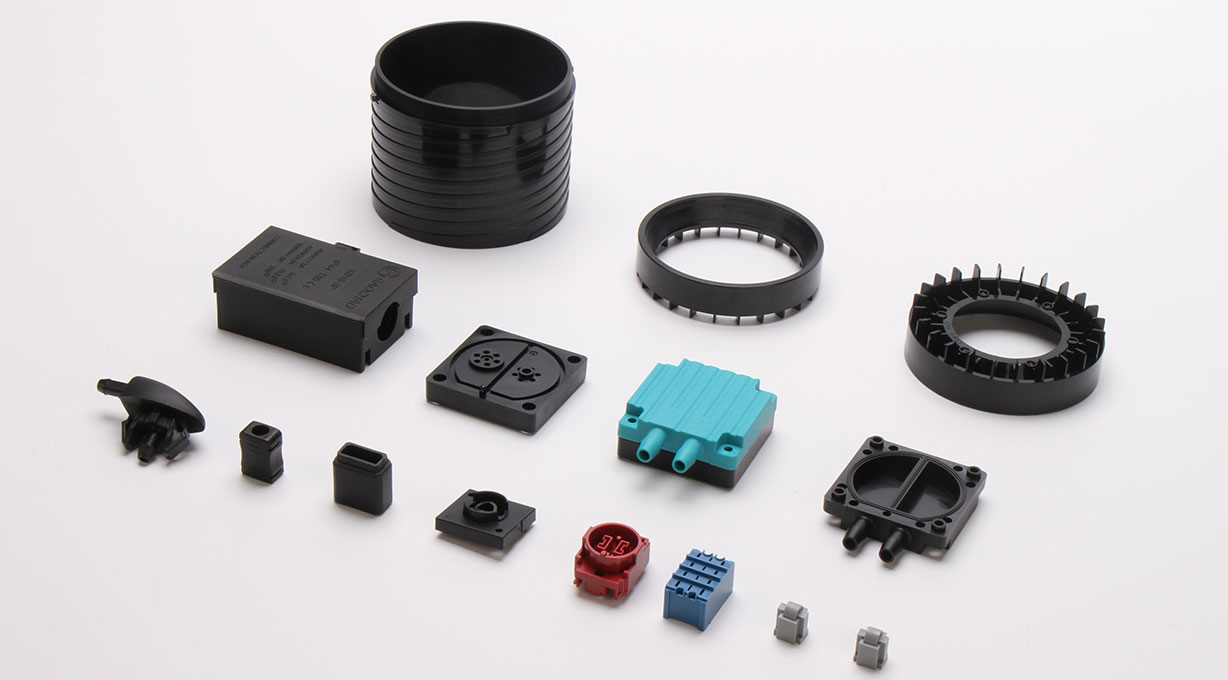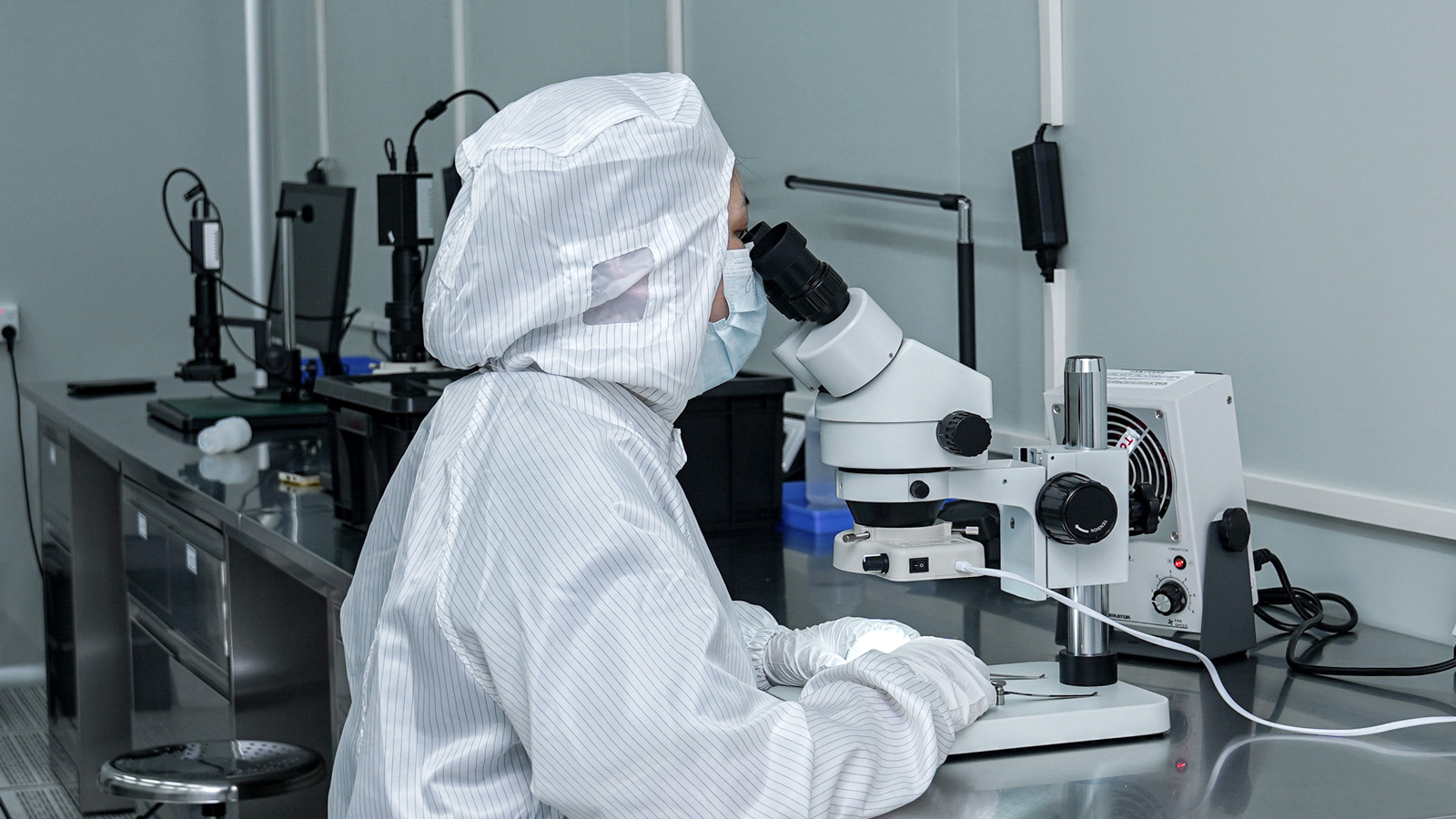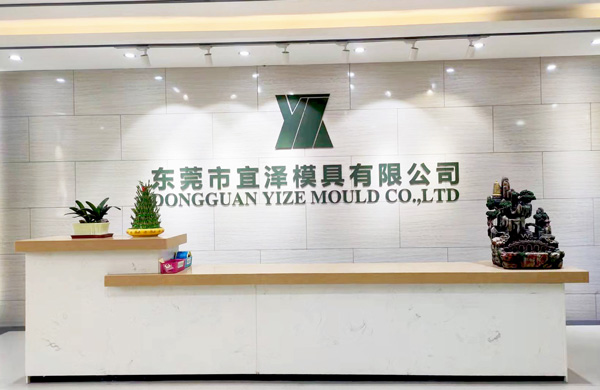In the field of injection molding production, injection molds are the core “weapons,” and their operating conditions directly affect product quality, production efficiency, and cost control. To enable injection molds to perform at their best during production and achieve efficient and stable production, the following precautions must be kept in mind.
1. Precisely Control Mold Travel and Optimize the Demolding Process
During production, the opening travel of the injection mold should be shortened to the minimum necessary for the part and runner to fall off smoothly. An excessively long mold opening travel not only wastes energy but also increases the production cycle time and reduces production efficiency. At the same time, carefully inspect and eliminate any factors that may cause difficulties in ejection. The flash (burr) around the ejector pins is a common culprit. The flash will cause additional resistance to the ejector pins during ejection, affecting the ejection effect and even potentially damaging the ejector pins and the mold. Therefore, it must be cleaned up promptly to ensure smooth ejection. In addition, the ejection travel should also be controlled at the minimum necessary value to avoid over-ejection, which may damage the part or cause mold wear.
2. Reasonably Regulate the Opening and Closing Speeds to Ensure Mold Safety
Controlling the opening and closing speeds of the mold is crucial. While ensuring production efficiency, the opening and closing speeds of the mold should be as fast as possible. However, when approaching full opening or closing, the speed should be appropriately reduced to slowly stop and close the mold. This is because when the mold is rapidly opened or closed near the limit position, the impact force between the mold components is relatively large, which is prone to causing mold damage, such as the cracking of the mold cavity and core and the wear of the mold guide components. By reasonably regulating the speed, not only can the production cycle be shortened, but the mold can also be effectively protected to extend its service life.
3. Promptly Identify Fault Hazards to Ensure Smooth Operation
During injection molding production, closely monitor whether there are any delays during mold closing and the generation of clamping pressure. Once a delay is detected, it is often a sign of mechanical or hydraulic valve failures. Mechanical failures may include worn transmission components and loose connections; hydraulic valve failures may manifest as a stuck valve spool and aging and leaking seals. If these failures are not addressed promptly, they will not only affect the normal opening and closing of the mold but may also lead to unstable clamping pressure, thereby affecting the quality of the parts and even causing safety accidents. Therefore, operators should have keen observation skills, promptly identify and troubleshoot potential fault hazards to ensure that the equipment is always in good operating condition.
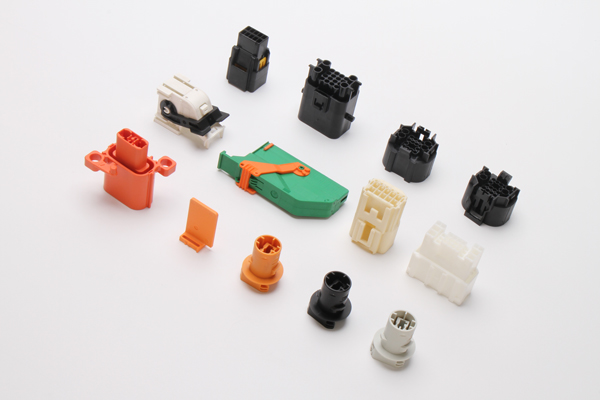
4. Optimize Product Design to Reduce Mold Opening Time
In injection molds, a large number of insert operations will increase the mold opening time and reduce production efficiency. To solve this problem, it is worthwhile to spend more time on product design. By reducing the undercut structures in the product, the ejection action can often be automated or semi-automated. Undercut structures increase the difficulty of demolding and require additional ejection mechanisms or manual intervention to complete demolding. After optimizing the design, the ejection process will be more concise and efficient, greatly shortening the mold opening time and improving production efficiency.
5. Attach Importance to Mold Wear and Conduct Timely Repairs and Maintenance
If delays in production are caused by the wear of the injection mold, timely mold repair is the key to reducing delays. As the mold is used over time, it will inevitably experience wear, corrosion, and other problems, such as the wear of the cavity surface leading to dimensional deviations in the parts and the blockage of the cooling water channels affecting the cooling effect. If these problems are not resolved promptly, they will gradually worsen and ultimately affect the entire production process. Therefore, establishing a comprehensive mold repair and maintenance system is crucial. Regularly inspect, maintain, and repair the mold to ensure that it is always in the best working condition.
6. Develop Good Operating Habits to Ensure Production Safety
Developing good operating habits for injection molding machines is of great significance for improving machine life and production safety. Operators should strictly follow the operating procedures and avoid improper operations that may cause equipment failures or safety accidents. For example, before starting the equipment, carefully check whether each component of the equipment is normal; during operation, closely monitor the equipment operating parameters, such as temperature, pressure, and speed; after shutdown, promptly clean the equipment and perform maintenance work. Only when every operator develops good operating habits can the injection molding production be carried out safely, stably, and efficiently.
In conclusion, the precautions for injection mold production cover multiple aspects, including mold travel control, speed regulation, fault identification, product design optimization, mold repair and maintenance, and the development of operating habits. Only by fully mastering and strictly adhering to these precautions can efficient, high-quality, and safe production goals be achieved in injection molding production, creating greater value for the enterprise.
